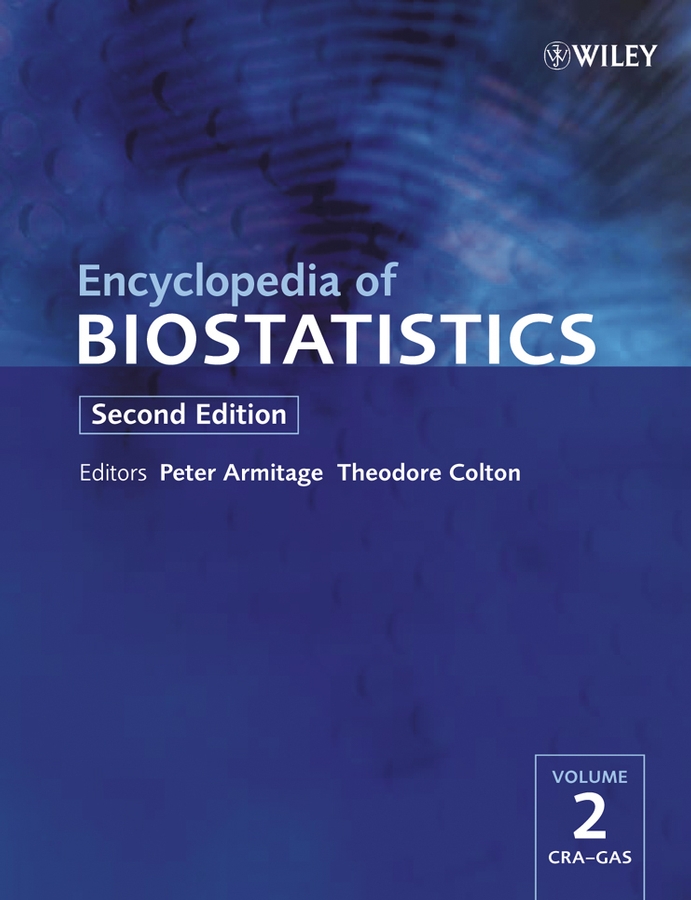Optimal Design
6
D. J. Street,
D. J. Street
University of Technology at Sydney, Sydney, New South Wales, Australia
Search for more papers by this authorD. J. Street,
D. J. Street
University of Technology at Sydney, Sydney, New South Wales, Australia
Search for more papers by this authorFirst published: 15 July 2005
Abstract
This article provides an overview of the various types of optimality that are used and illustrates the form of optimal designs for particular situations.
References
- 1
Atkinson, A. C. &
Donev, A. N.
(1992).
Optimum Experimental Designs.
Oxford University Press,
Oxford.
10.1093/oso/9780198522546.001.0001 Google Scholar
- 2 Balcao, V. M. & Malcata, F. X. (1993). STADEERS: a software package for the statistical design of experiments pertaining to the estimation of parameters in rate expressions that describe enzyme-catalyzed processes, Computer Applications in the Biosciences 9, 629–637.
- 3 Carriere, K. C. (1994). Crossover designs for clinical trials, Statistics in Medicine 13, 1063–1069.
- 4 Clatworthy, W. H. (1973). Tables of Two-Associate-Class Partially Balanced Designs, National Bureau of Standards (US) Applied Mathematics Series No. 63. Government Printing Office, Washington.
- 5 Ensign, L. G., Gehan, E. A., Kamen, D. S. & Thall, P. F. (1994). An optimal three-stage design for Phase II clinical trials, Statistics in Medicine 13, 1727–1736.
- 6 GENDEX (1993). GENDEX: An algorithmic toolkit for designers of experiments, in Proceedings of Statistics, 73. University of Wollongong, Australia.
- 7 Heise, M. A. & Myers, R. H. (1996). Optimal designs for bivariate logistic regression, Biometrics 52, 613–624.
- 8
Jarrett, R.
(1989).
A review of bounds for the efficiency factor of block designs,
Australian Journal of Statistics
31,
118–129.
10.1111/j.1467-842X.1989.tb00505.x Google Scholar
- 9
Krewski, D. &
Goddard, M.
(1990).
Principles of bioassay design,
Drug Information Journal
24,
381–394.
10.1177/009286159002400213 Google Scholar
- 10 Markus, R. A., Frank, J., Groshen, S. & Azen, S. P. (1995). An alternative approach to the optimal design of an LD50 bioassay, Statistics in Medicine 14, 841–852.
- 11 Paterson, L. J., Wild, P. & Williams, E. R. (1988). An algorithm to generate designs for variety trials, Journal of Agricultural Science 111, 133–136.
- 12 Preston, S. L. & Drusano, G. L. (1996). Nonparametric expectation maximization population modeling of ganciclovir, Journal of Clinical Pharmacology 36, 301–310.
- 13 Read, C. B. (1988). Tukey's test for nonadditivity, in Encyclopedia of Statistical Sciences, Vol. 9, S. Kotz& N. L. Johnson, eds. Wiley, New York, pp. 364–366.
- 14 Scharfstein, D. O. & Williams, P. L. (1994). Design of developmental toxicity studies for assessing joint effects of dose and duration, Risk Analysis 14, 1057–1071.
- 15 Stram, D. O., Longnecker, M. P., Shames, L., Kolonel, L. N., Wilkens, L. R., Pike, M. C. & Henderson, B. E. (1996). Cost-efficient design of a diet validation study, American Journal of Epidemiology 142, 353–362.
- 16
Wong, W. K. &
Lachenbruch, P. A.
(1996).
Designing studies for dose response,
Statistics in Medicine
15,
343–359.
10.1002/(SICI)1097-0258(19960229)15:4<343::AID-SIM163>3.0.CO;2-F CAS PubMed Web of Science® Google Scholar



